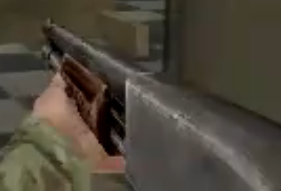

This use of the term bullet (when intending to describe a cartridge) often leads to confusion when a cartridge, and all its components, are specifically referred to. A cartridge is a combination package of the bullet (i.e., the projectile), the case (which holds everything together), the propellant (which provides the majority of the energy to launch the projectile) and the primer (which ignites the propellant). Although the word bullet is often used in colloquial language to refer to a cartridge round, a bullet is not a cartridge but rather a component of one. Bullets are components of paper cartridges, or (much more commonly) in the form of metallic cartridges. Bullets do not normally contain explosives (see Incendiary ammunition and Exploding bullet), but strike or damage the intended target by transferring kinetic energy upon impact and penetration (see terminal ballistics).īullets are available singly (as in muzzle-loading and cap and ball firearms), but are more often packaged with propellant as cartridges ("rounds" of ammunition). 223 caliber bullets are of the same weight and caliber as 3.56 gram 5.56mm caliber bullets. Bullet sizes are expressed by their weights and diameters (referred to as " calibers") in both imperial and metric measurement systems. Bullets are often tapered, making them more aerodynamic.


Bullets are made in various shapes and constructions (depending on the intended applications), including specialized functions such as hunting, target shooting, training and combat. Bullets are made of a variety of materials, such as copper, lead, steel, polymer, rubber and even wax. The term is from Middle French, originating as the diminutive of the word boulle ( boullet), which means "small ball". Schlieren image sequence of a bullet traveling in free-flight, demonstrating the air pressure dynamics surrounding the bulletĪ bullet is a kinetic projectile, a component of firearm ammunition that is shot from a gun barrel.


 0 kommentar(er)
0 kommentar(er)
